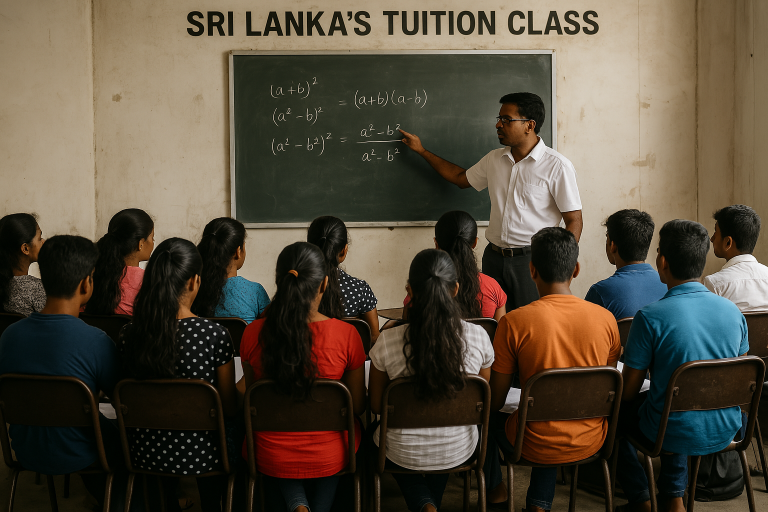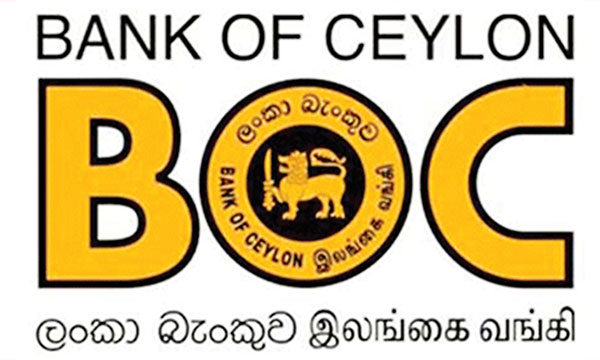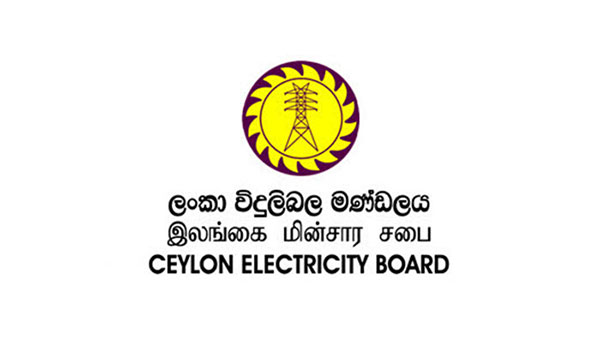Sri Lanka is undergoing a significant debt restructuring process to stabilize its economy and meet fiscal targets set by the International Monetary Fund (IMF). The restructuring is aimed at achieving a primary budget surplus of 2.3% by 2025. Below is a detailed feature with technical details on Sri Lanka’s debt restructuring efforts.
IMF Bailout Program
In March of last year, Sri Lanka secured a $2.9 billion bailout program from the IMF. This assistance has been pivotal in stabilizing the country’s economic conditions.
Debt Composition
Sri Lanka’s debt comprises various sources, including bilateral, multilateral, and commercial loans. The table below summarizes the key components of Sri Lanka’s debt.
| Lender | Amount (in billions USD) |
|---|---|
| Bilateral Lenders | |
| – China | $7.4 |
| – Japan | $3.5 |
| – India | $1.6 |
| Multilateral Lenders | $10.9 |
| – Asian Development Bank (ADB) | $6.2 |
| – World Bank | $4.3 |
| Commercial Loans | $14.73 |
| – Sovereign Bonds and Other Loans | $14.73 |
Multilateral Debt Breakdown
Sri Lanka owes substantial amounts to multilateral banks, with a significant portion of this debt being to the Asian Development Bank (ADB) and the World Bank. Notably, Sri Lanka is not restructuring its multilateral debt.
| Multilateral Bank | Amount (in billions USD) |
|---|---|
| Asian Development Bank (ADB) | $6.2 |
| World Bank | $4.3 |
Bilateral Debt
Sri Lanka’s largest bilateral lender is not an official member of the Official Creditor’s Committee (OCC). The details of bilateral debt restructuring remain less transparent compared to other debt categories.
Commercial Loans
Commercial loans, including sovereign bonds and other time-bound loans, are a significant part of Sri Lanka’s debt portfolio, amounting to $14.73 billion. The country rejected an initial proposal to restructure over $12 billion in debt from bondholders in April. Formal negotiations with international private creditors are expected to resume soon, following the signing of non-disclosure agreements by a group of bondholders.
Fiscal Targets and Debt Reduction
Achieving the IMF-set fiscal target of a 2.3% primary budget surplus by 2025 is crucial for Sri Lanka. The debt restructuring aims to reduce the country’s overall debt by $16.9 billion once completed.
| Target | Details |
|---|---|
| Primary Budget Surplus by 2025 | 2.3% |
| Overall Debt Reduction Post-Restructuring | $16.9 billion |
Conclusion
Sri Lanka’s debt restructuring is a complex but essential process to ensure economic stability and meet crucial fiscal targets. With significant debts to bilateral, multilateral, and commercial creditors, the country is navigating through challenging negotiations and strategic decisions to reduce its debt burden and stabilize the economy.
The successful implementation of this restructuring plan is expected to provide a clearer path towards economic recovery and sustainable growth for Sri Lanka.







